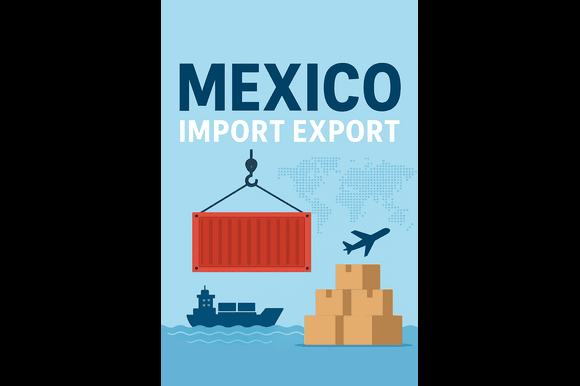
Di Michael Vadon - Opera propria, CC BY-SA 4.0,
President Donald Trump has announced his intention to implement tariffs on Canada and Mexico beginning Tuesday, alongside a doubling of the existing 10 percent universal tariff on imports from China. In a post on Truth Social on Thursday, Trump highlighted the alarming levels of illicit drug smuggling, particularly fentanyl, into the United States, asserting that these import taxes would compel other nations to take action against trafficking.
“We cannot permit this epidemic to continue to endanger the United States. Therefore, until it ceases or is significantly curtailed, the proposed tariffs set to take effect on March 4 will indeed be enforced as planned,” the Republican president stated. Additionally, an extra 10 percent tariff will be imposed on China on the same date.
The anticipated increase in tariffs has already unsettled the global economy, with consumers voicing concerns about worsening inflation and potential adverse effects on the automotive industry if tariffs are applied to America’s two largest trading partners, Canada and Mexico.
The likelihood of rising prices and diminished economic growth could result in political repercussions for Trump, who assured voters during last year’s presidential campaign that he would swiftly reduce the inflation rate, which has surged during President Joe Biden’s administration. Nevertheless, Trump also ran on a platform of implementing extensive tariffs, which he aims to initiate on April 2 by adjusting tariffs to align with the taxes imposed by other countries on American products.
The April Second Reciprocal Tariff date will continue to be fully enforced, as stated by Trump in his social media update on Thursday. On Wednesday, Trump suggested that European nations would incur a 25 percent tariff. Additionally, he is advocating for distinct tariffs on automobiles, computer chips, and pharmaceutical products, which would be imposed alongside the reciprocal tariffs.
The president has already declared the removal of exemptions related to his 2018 steel and aluminum tariffs, and he is also planning to impose taxes on copper imports. The potential for an expanded trade conflict, should other countries implement their own retaliatory tariffs, is causing concern among U.S. consumers, which could jeopardize Trump’s commitment to fostering stronger economic growth.
On Tuesday, the Conference Board reported a decline in its consumer confidence index, which fell by 7 points to a level of 98.3. This marks the most significant monthly drop since August 2021, a period when inflationary pressures began to impact the U.S. economy as it emerged from the coronavirus pandemic. The Conference Board also highlighted that average inflation expectations for the next 12 months surged from 5.2 percent to 6 percent in February.
Stephanie Guichard, a senior economist at the Conference Board, noted a significant rise in discussions surrounding trade and tariffs, reaching levels not seen since 2019. She remarked that comments regarding the current administration and its policies were particularly prevalent in the responses.
Furthermore, the S&P 500 stock index has experienced a decline over the past month, reversing some of the gains made following Trump’s presidential victory in November, which had led investors to anticipate that income tax reductions and reduced regulation would stimulate growth.




